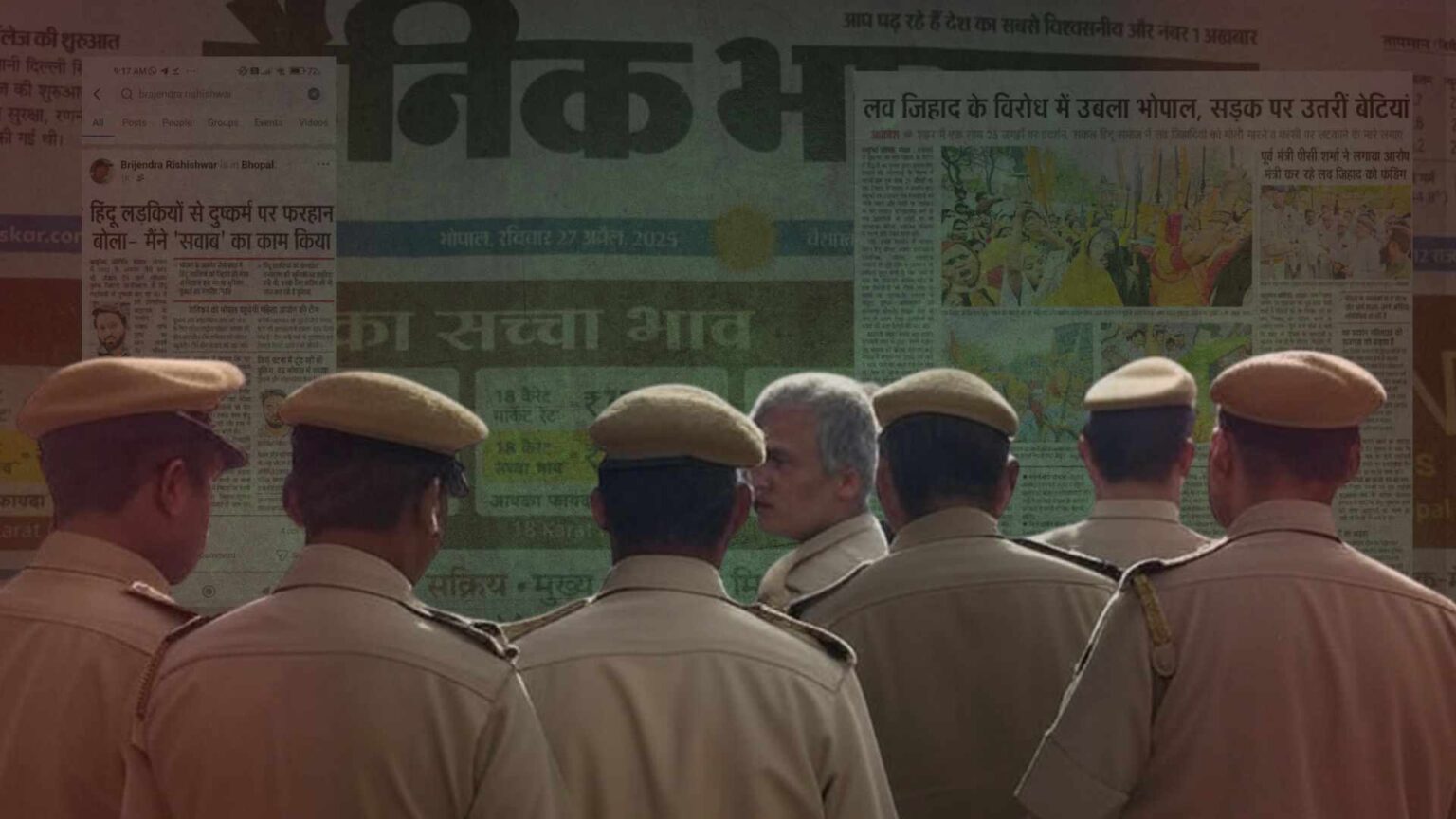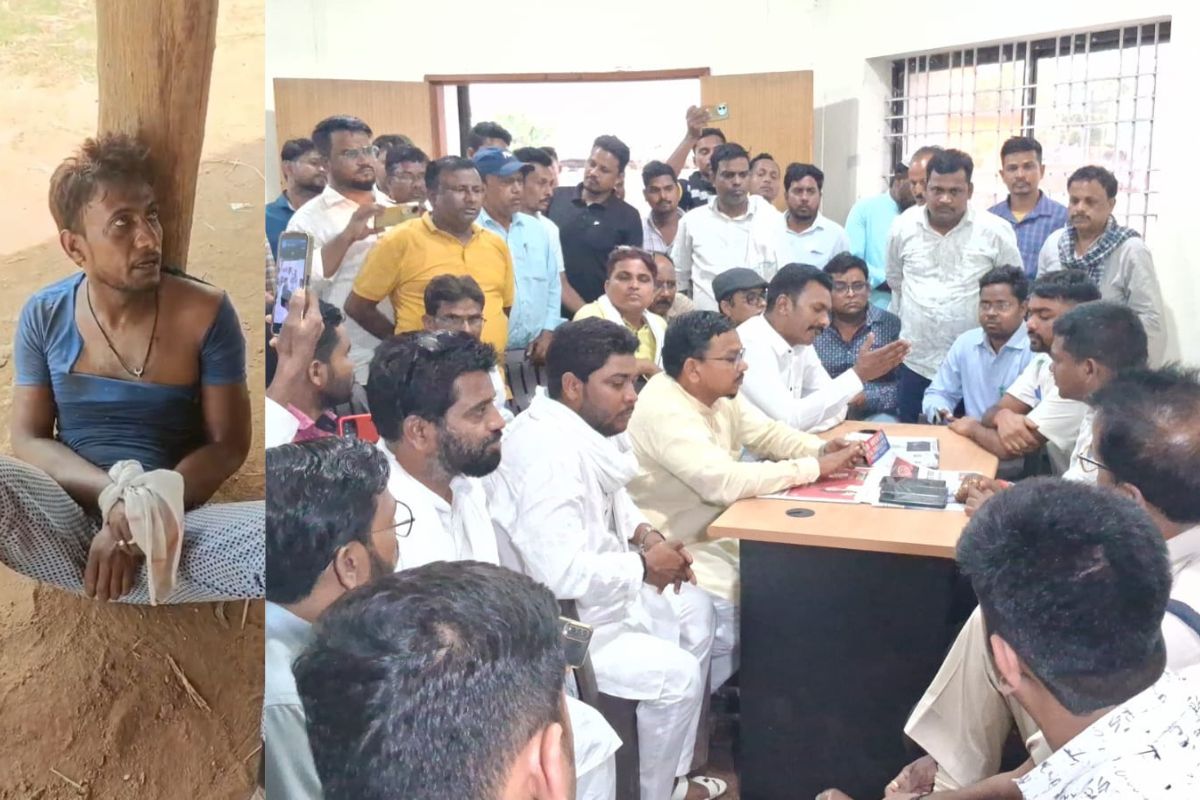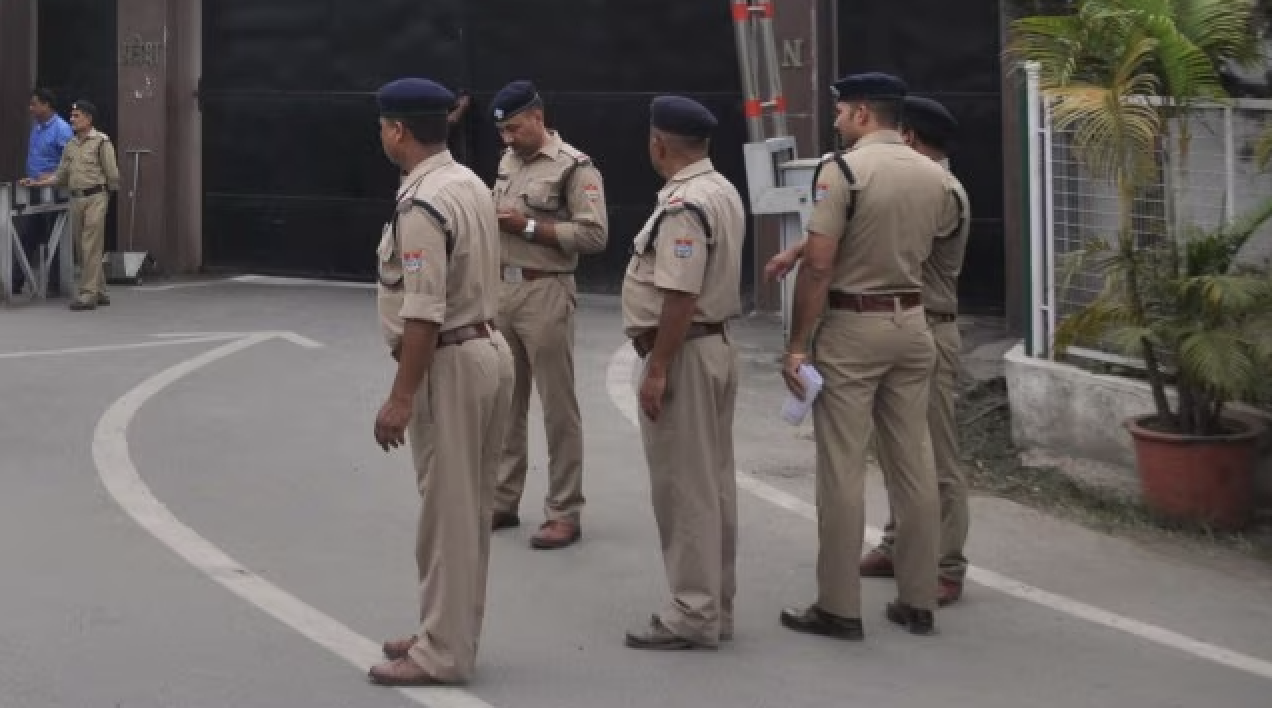
By Ajay Gudavarthy / News Click
Most recent analysis of the rise of Hindutva was either exclusive cultural analysis around a growing ‘Hindu consciousness’ or political analysis around electoral arithmetic. What was missing was a political economy analysis of how changes in the development model also have handsomely contributed to the rise of cultural majoritarianism. The recent book, Gujarat: Cradle and Harbinger of Identity Politics: India’s Injurious Frame of Communalism, by Jan Breman and Ghanshyam Shah, fills the gap.
While Breman is a renowned anthropologist, Shah is a well-known political scientist. Breman’s essays focus on class dynamics, while Shah focuses primarily on caste. Together, they provide a wealth of empirical and historical analysis. Some of the detail they have mapped speak for themselves. Their book, a rich collection of essays by both authors over the last two decades, could have simply been titled, The Political Economy of Hindutva. Their analysis comes from the vantage point of the changing dynamics of caste and class and includes a weighty collection of information gathered during and after various riots in Gujarat.
In terms of class, the analysis focuses on the interface between growing informalisation, violence and criminality of those involved in anti-Muslim pogroms and “lumpen proletariat”. The decline of trade unionism and closure of textile mills broke down “close-knit community feeling”. The “climate of social Darwinism that replaced it not only established the right of the survival of the fittest, but meant that the weakest at the base of society are forced to compete…as the hunter and the hunted”.
The predatory politics of majoritarianism rode on the social Darwinism logic of the development model. The blinkered understanding of trade unionism, drawn from textbook definitions, also aided social Darwinism. It was oblivious of the concrete developments on the ground. As Breman rightly notes, “The sustained policy of the Indian trade union movement not to mobilise informal sector workers should be judged as a historic blunder.” These changes overlapped with entrenched caste consciousness and the psychology accompanying graded inequalities. Based on empirical surveys that represent a lifetime of tireless work in Gujarat, Breman observes, “Among the mill workers, it was the Kanbi Patels/Patidars who—as an upwardly mobile intermediate caste—were most receptive to the fundamentalist propaganda”.
The book laboriously marks shifts in the strategy of the Rashtriya Swayamsevak Sangh-Bharatiya Janata Party (RSS-BJP) combine. It began with mobilising and representing the caste Hindus, but after 1985 and the growing consolidation of OBCs, it shifted to a more aggressive anti-Muslim agenda in which the backward classes were gradually co-opted. Anti-Muslim politics was visible not just in overt and organised violence but covert and invisible economic dispossession. For instance, the mills gradually replaced Muslim workers with Patels, and there were open calls for the economic boycott of the Muslims.
These ‘silent’ changes went hand-in-hand with economic reform that pushed more and more labour into the informal sector where they have no social security. Their growing economic insecurity and decline from the social status as respectable workers of an organised sector formed the backdrop for communal propaganda. It created a favourable climate for flare-ups, even though much violence was organised. The violence took the shape of “criminalisation of public life” and “privatisation of violence” through extortions by slum lords and real estate developers. All of these contributed to the process of “accumulation by dispossession”. These changes sealed the fate of Gujarat and laid a solid foundation to make a Hindu Rashtra.
The book’s other themes are caste, communalism, the Dalits, Adivasis, OBCs and Hindutva. In a series of chapters, Shah locates the intricate details of the emergence of Hindutva as a resurgent Hinduisation. Adivasis, he notes, “…have adopted many beliefs and gods of the caste Hindus living in their vicinity just as the latter have embraced several deities of the Adivasis, and in many cases, both follow similar rituals and beliefs independent of each other. In some cases, caste Hindus give Brahmanical names and legends to the deities worshipped by the Adivasis.”
Similarly, Shah notes for OBCs, “Since the early twentieth century, several OBCs have followed the path of Sanskritisation for their upward mobility. A section of the Kolis of central and north Gujarat claim Kshatriya status. In the course of time, they began to don the sacred thread, performing the Vedic rite of upanayana”. With the Dalits, the process moved to what Anand Teltumbde calls “de-radicalisation”. Mobility and the emergence of a small middle class produced exclusivist discourse.
In the context of communal polarisation, Shah argues that it is not yet evident what made Dalits anti-Muslim. He sees it “merely” as an act of co-option and manipulation. He argues, “During this period [of riots in 2002], the BJP manipulated the sympathy of the Dalits and provided them relief. In the aftermath of these riots, the Dalits of Ahmedabad began to come closer to the BJP and the Parivar.”
Shah and Breman provide great lasting insights into the beginnings of cultural nationalism and communal consciousness and their material roots. Understanding this is necessary, even indispensable, to make sense of Hindutva today. But there is also an imminent need to add new dimensions to why things turned right around to create the current impasse. Historically speaking, the book notes the Gandhi-Ambedkar debates as seminal to check the majoritarian psyche.
The point, however, is that in contrast to most scholars who see the contribution of Gandhi and Ambedkar as complementary and additive, the current situation is the result of the downside of their strategies and principles. Gandhian methods resulted in a half-hearted social reform and failed to create dense and intense inter-community ties. Gandhi struggled to find the Archimedean point between identity and transformation. Further, his understanding of self-limiting needs, silence as non-interventionist, and disciplining the self have turned into practices that stalled subaltern mobility. At least, they are perceived that way, giving way to uncivil aggression as a legitimate mode of assertion. As the lower end of society lost patience awaiting the benefits of development to trickle down, the BJP converted it into masculine externality. The convergence between the two is what gives Hindutva its rhetorical legitimacy.
On the other hand, Ambedkar prioritised political power for the “depressed classes” without the accompanying social change. The result was political representation without a social agenda—empty rhetoric without the means necessary to forge larger solidarities. It, too, helped Hindutva when it began to accommodate Dalit-Bahujans politically as a trade-off with social incorporation within the dominant tropes of Hinduisation.
Today, the political economy understanding in the industrialised state of Gujarat needs to be compared with its spread in the deindustrialised state, Uttar Pradesh. Gujarat, along with Uttar Pradesh, pretty much covers the social reality of India, barring a few states in the South and the North-East. While in Gujarat, workers moved from the formal to the informal sector and lost social security, in Uttar Pradesh, one witnessed entrenched underdevelopment and lack of basic infrastructure and civic amenities. The BJP itself has appropriated transactional welfarism through the distribution of free rations. This kind of lateral spread demonstrates the acute understanding of the Sangh Parivar of the need to be not only flexible but dialectical in its strategies, while the Left-progressives suffered from a category mistake—confusing dogmatism for commitment and textbook understanding for scientificity.
The problem with secular political parties, not just the social activists, is their inability to be flexible. Being flexible is not necessarily being manipulative, though it might spill over (as with most right-wing strategies). We are stuck with an inflexible secular discourse and the unethical flexibility of the Right. Unethical flexibility is surreptitiously inclusive, and the Left-secular are scientifically and ethically exclusivist. Scholars of standing, like the authors of this book, need to reflect on what could break this Gordian knot.
This article first appeared on newsclick.in






